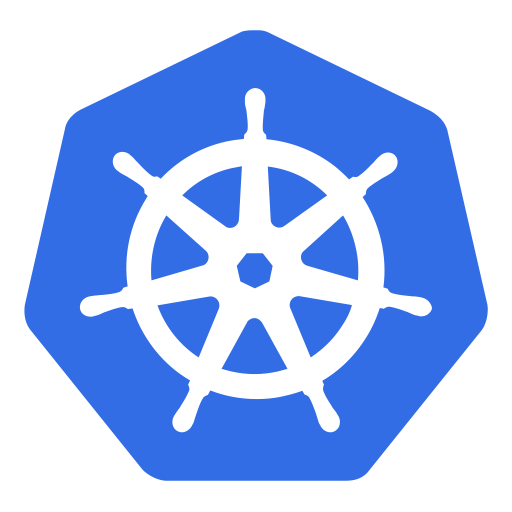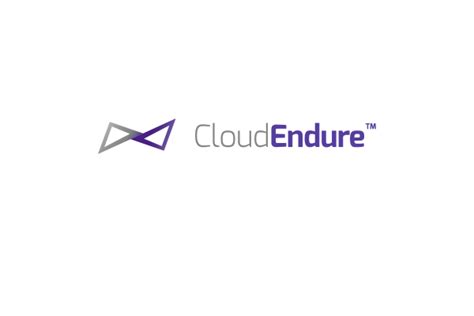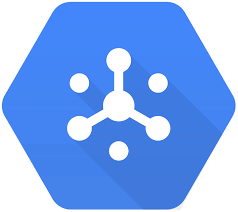Technical Blog
Create a Kubernetes Cluster on GCP: A Step-by-Step Guide
New to Kubernetes? No problem. This step-by-step tutorial will guide you through creating your first Kubernetes cluster on Google Cloud Platform (GCP) using the convenient Google Cloud Shell. You’ll learn how to deploy services, scale your applications effortlessly, and even automate bulk deployments—all without leaving your browser Creating a Regional...
Kubernetes (GKE) – An Introduction
Introduction to GKE The blog is an introduction to the theory of Kubernetes on Google Cloud Platform. This is sometimes referred to as GKE on GCP. GKE has the following Key Features of a managed service: Pods objects Higher-level abstractions objects Kubernetes works with these abstractions to provide FT /...
How to Successfully Migrate to GCP
Moving to the cloud is a significant decision for any business. It offers scalability, flexibility, and cost-effectiveness, but the migration process can seem daunting. This guide provides a clear roadmap to successfully migrate your infrastructure to Google Cloud Platform (GCP), turning a complex task into a manageable and rewarding journey....
How to SSH to GCP Linux Instance
The GCP console interface is very useful, but sometimes, you may need to SSH directly from your on-premise infrastructure. This is particularly common after you migrate a Linux server from your own premises to GCP, as the Google Daemon, which provides Google Cloud console access, typically will not be installed....
Google Pub/Sub Explained: The Scalable Messaging Solution
Google Pub/Sub is a fully managed, real-time messaging service that empowers you to seamlessly send and receive messages between independent applications. Whether you’re building a data-intensive streaming pipeline, an event-driven architecture, or a microservices-based system, Google Cloud Pub/Sub offers the flexibility and reliability you need to effortlessly exchange data across...
What is GCP Deployment Manager ?
Deployment Manager is an infrastructure deployment service that automates the creation and management of Google Cloud Platform (GCP) resources for you. The Cloud Deployment Manager is now on Version 2. If you are from an AWS background, GCP deployment manager is similar to CloudFormation, but a lot easier to use!...








Recent Comments